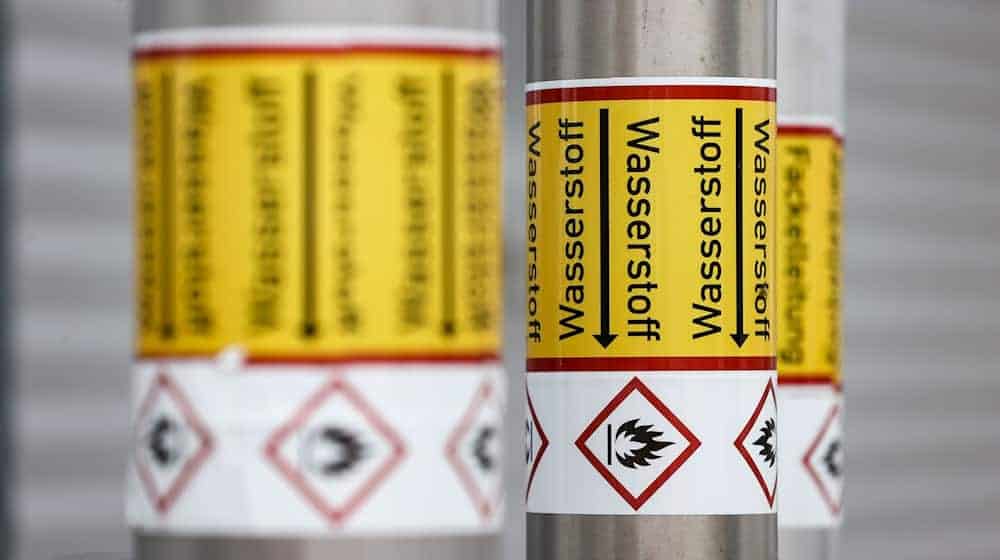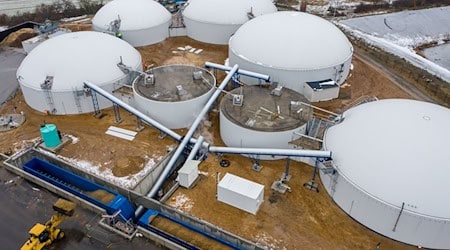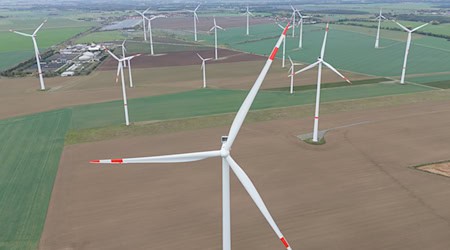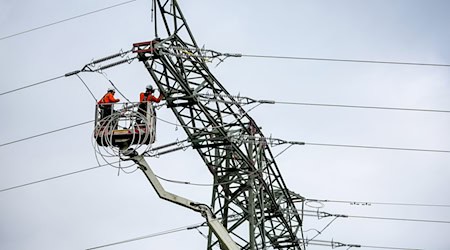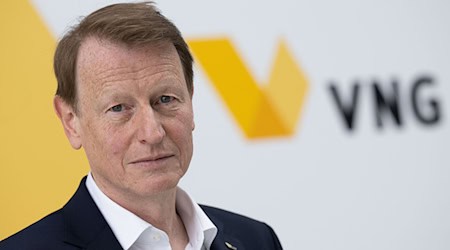The expansion of the hydrogen core network in Saxony has taken a decisive step forward. Together with Federal Economics Minister Robert Habeck (Greens) and the Deputy Chairman of the Association of Transmission System Operators, Ralph Bahke, the Federal Network Agency presented the approved planning for the Germany-wide core network, as announced by the Saxon Ministry of Economics. In Saxony, the regions of Dresden, Leipzig and Meißen and later Lusatia and Zwickau are to be connected to the hydrogen core network. Further cities and municipalities will be connected as part of the regular network development planning, which is already being prepared by the network operators.
Gleam of hope for energy-intensive companies
"The development of the hydrogen core network is a positive signal for Saxony as a business location," said Saxony's Minister of Economic Affairs, Martin Dulig. According to the SPD politician, the first energy-intensive companies in Saxony, which have been suffering from increased energy costs since the Russian invasion of Ukraine, will also be able to secure their energy supply with hydrogen in the future, making them more independent and environmentally friendly than before. "Today's decision by the Federal Network Agency now provides the necessary planning security," said Dulig. The state government will continue to work to ensure that planning security is created as quickly as possible for all regions of Saxony.
High goals for a huge network
The hydrogen core network forms the basis for the ramp-up of the German and European hydrogen economy by connecting hydrogen producers, importers, storage facilities and consumers. It is intended to secure the future supply of the economy, transport and energy supply and promote sustainable economic growth.
With a planned length of around 9,040 kilometers and a maximum capacity of almost 100 gigawatts, the hydrogen core network is set to become the world's largest and most powerful hydrogen pipeline system. According to the information provided, construction of the core network will begin in 2025 and should be largely completed by 2032.
Copyright 2024, dpa (www.dpa.de). All rights reserved

